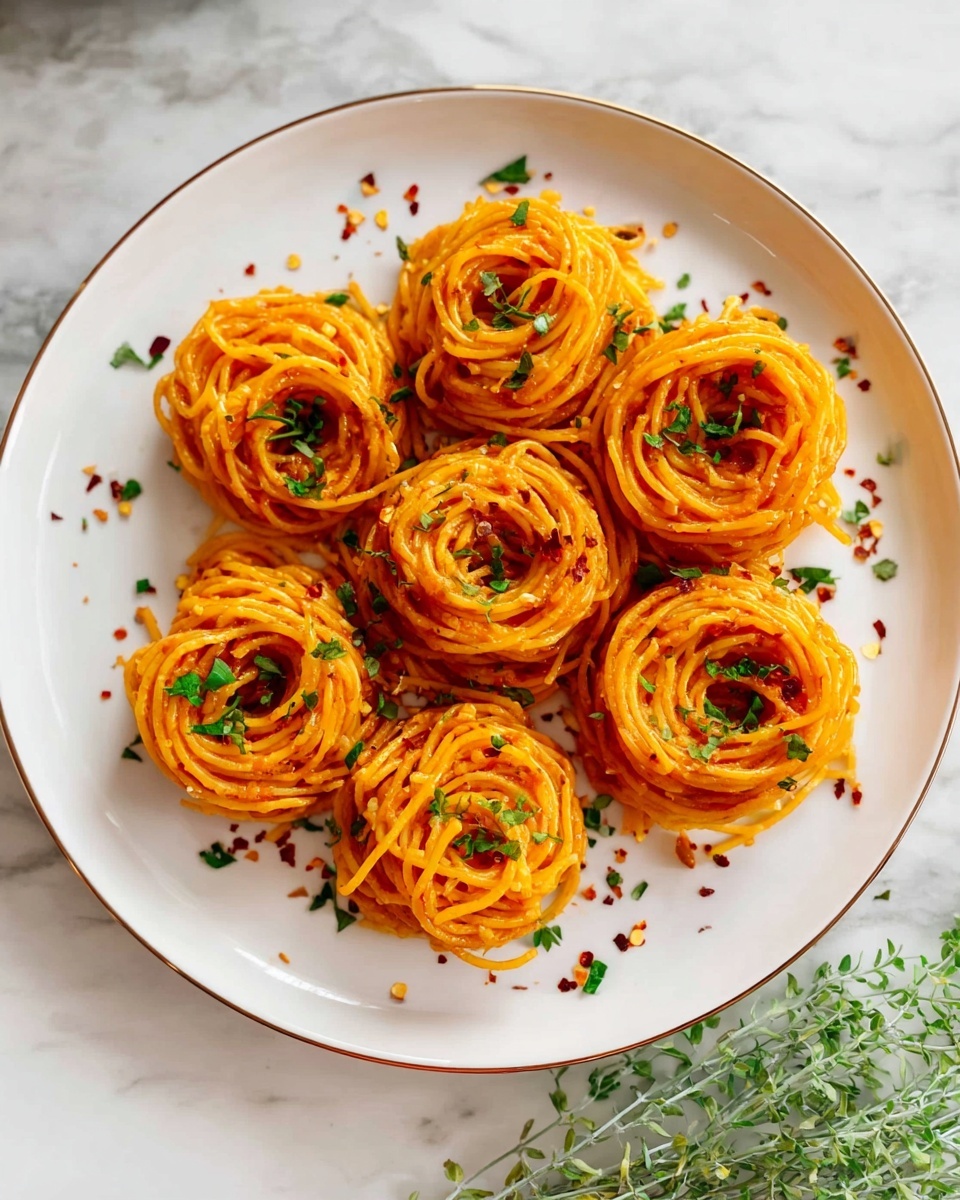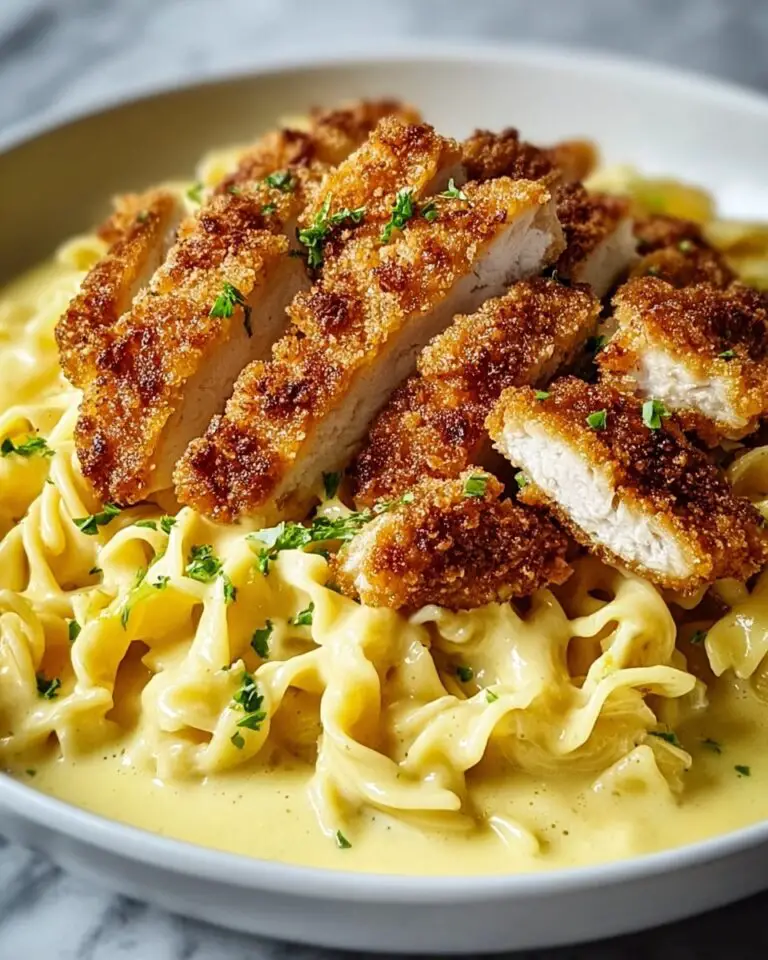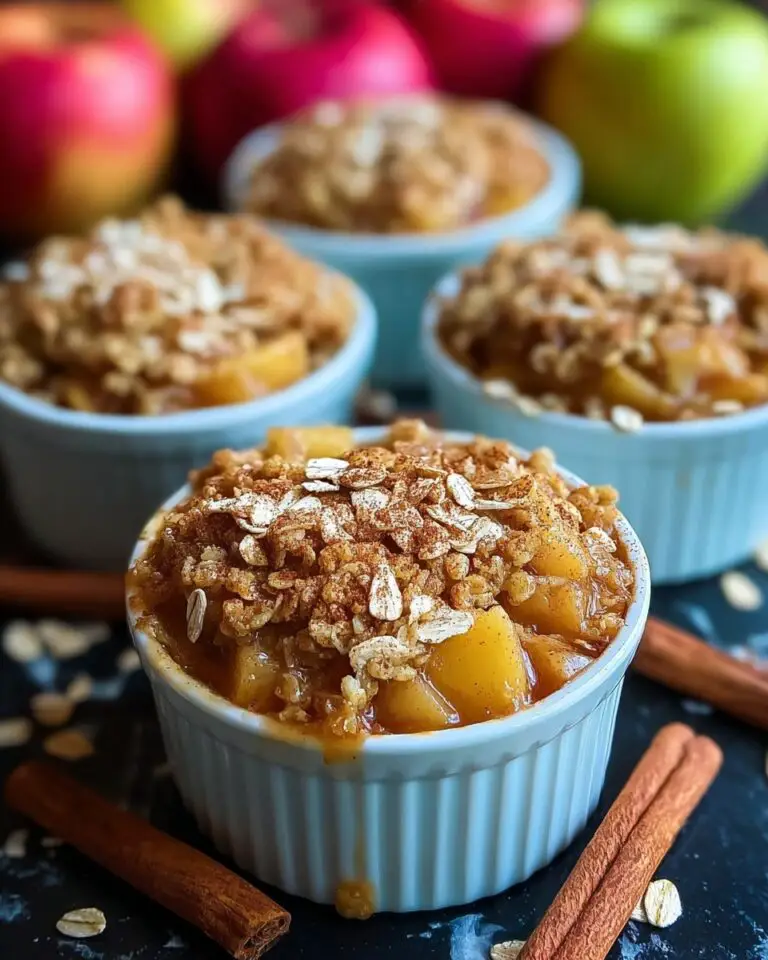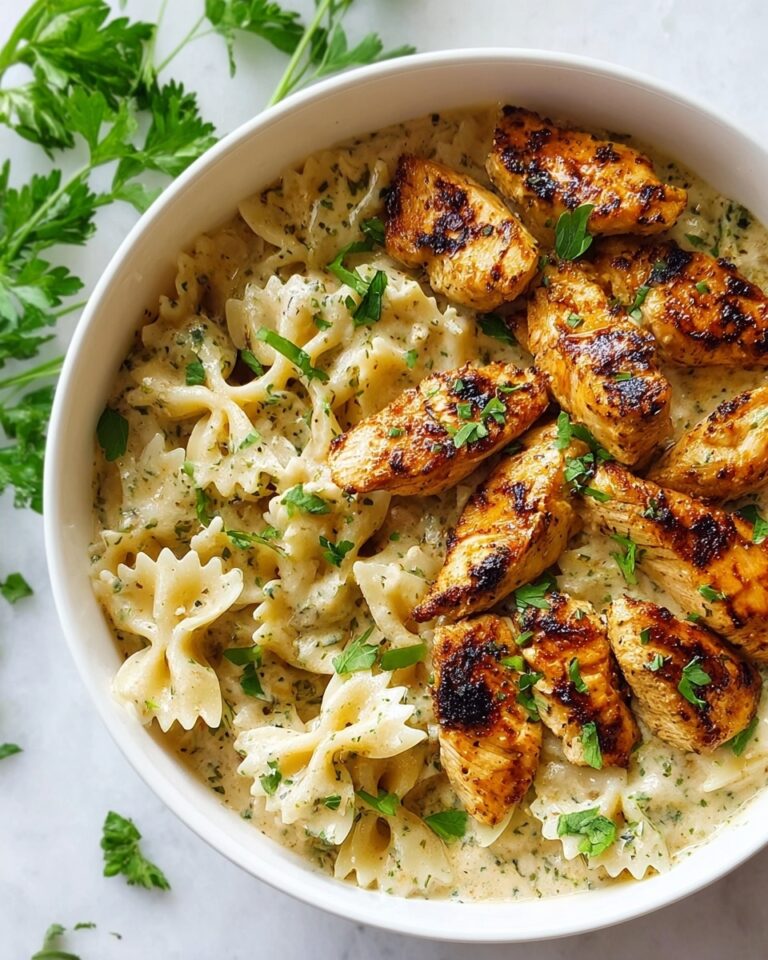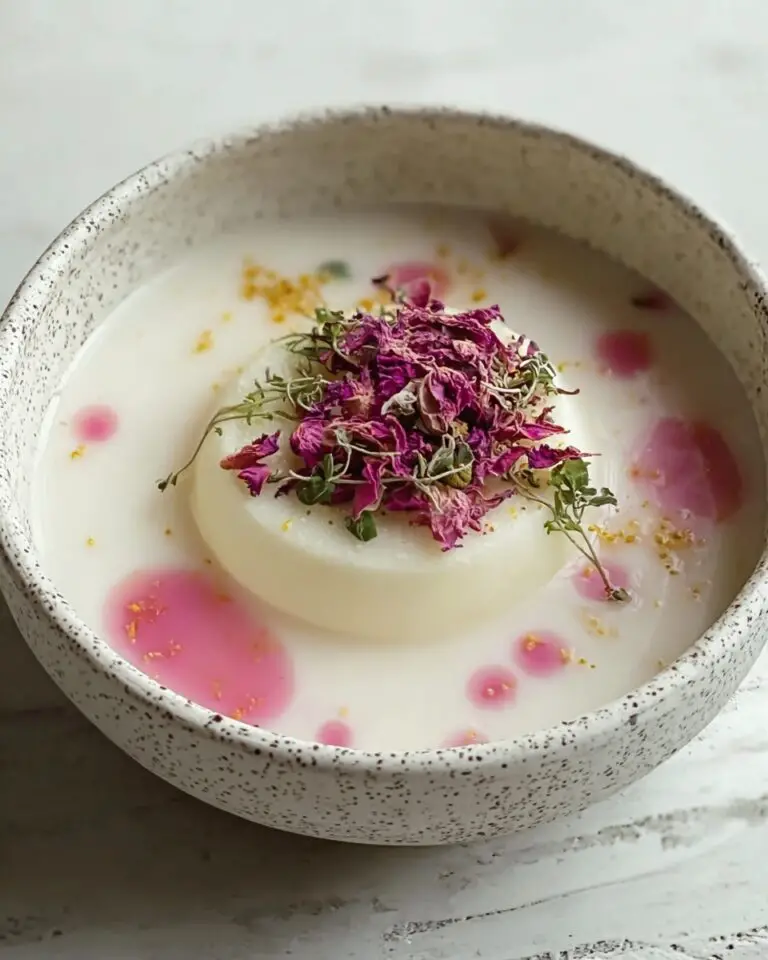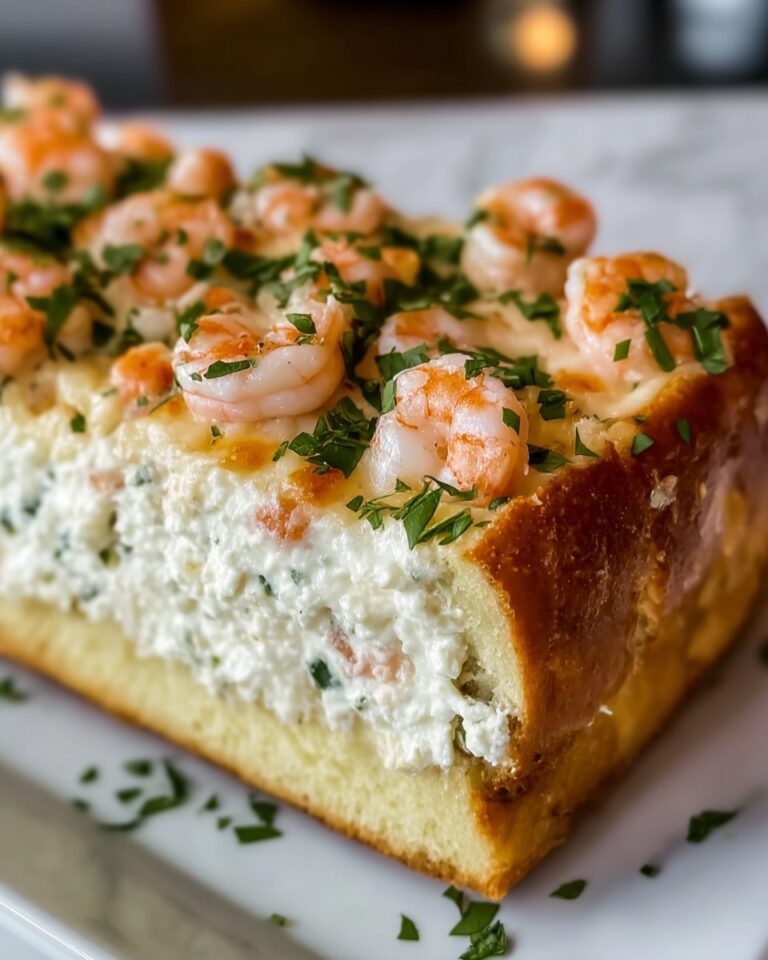If you’re looking for a dish that perfectly balances creamy richness with a punch of Korean-inspired heat, the Gochujang Buttered Noodles Recipe is exactly what your dinner table needs. This simple yet incredibly flavorful recipe transforms everyday noodles into an unforgettable meal, blending the savory warmth of butter with the spicy depth of gochujang, a Korean chili paste that brings boldness and a touch of sweetness. It’s quick to make, downright addictive, and will have you coming back for seconds faster than you can say “delicious.”

Ingredients You’ll Need
These ingredients may seem straightforward, but they work harmoniously to create layers of taste, texture, and color that elevate a simple noodle dish into a full-flavored experience. Each component contributes an essential element, whether it’s creaminess, spice, sweetness, or that toasty aroma that makes your kitchen smell like a dream.
- 8 oz spaghetti or ramen noodles: Al dente noodles provide the perfect base with a satisfying bite that soaks up the sauce beautifully.
- 2 tablespoons unsalted butter: Adds rich creaminess and a luscious mouthfeel that balances the spicy gochujang.
- 1 tablespoon gochujang (Korean chili paste): The star of the show, delivering complex heat with sweet, umami undertones.
- 1 tablespoon soy sauce: Introduces a salty, savory depth that layers well with the other flavors.
- 1 tablespoon honey or brown sugar: Offers a subtle sweetness to tame the chili’s intensity and round out the sauce.
- 2 garlic cloves (minced): Infuses a fragrant punch that’s both aromatic and flavorful.
- 1 teaspoon sesame oil: Brings a nutty aroma and richness that makes every bite memorable.
- 1 green onion (thinly sliced): Adds freshness and a pop of color for visual and flavor contrast.
- Sesame seeds and red pepper flakes (optional, for garnish): Provide crunch and an extra kick, perfect for those who want to dial up the spice.
How to Make Gochujang Buttered Noodles Recipe
Step 1: Cook the noodles
Start by cooking your noodles according to the package directions until they are just al dente—the key here is to avoid overcooking so the noodles can hold onto the sauce without getting mushy. Once cooked, drain them but don’t forget to reserve about a quarter cup of the pasta water; that starchy water is liquid gold for loosening your sauce later.
Step 2: Prepare the gochujang butter sauce
In a large skillet over medium heat, melt the butter gently and then add the minced garlic. Cook it just for about 30 seconds until it releases its heavenly aroma but hasn’t browned, preserving that fresh garlicky flavor. Then stir in the gochujang, soy sauce, honey (or brown sugar), and sesame oil. Watch as these come together into a smooth, bubbling sauce that smells irresistible.
Step 3: Combine noodles and sauce
Add your noodles directly into the skillet and give them a thorough toss. Coat every strand with that glossy, spicy sauce. If it seems a little thick or sticky, add a splash of the reserved pasta water to loosen things up—the sauce should cling beautifully without becoming gluey. Cook for another 1 to 2 minutes, stirring frequently, so the flavors meld and your noodles are heated through perfectly.
Step 4: Final touches and serving
Once your noodles are thickly coated and glossy, turn off the heat. Toss in those sliced green onions for freshness and a bit of bite. Sprinkle with sesame seeds for texture, and for those who love extra heat, add a pinch of red pepper flakes. Serve immediately while it’s still warm and steaming.
How to Serve Gochujang Buttered Noodles Recipe
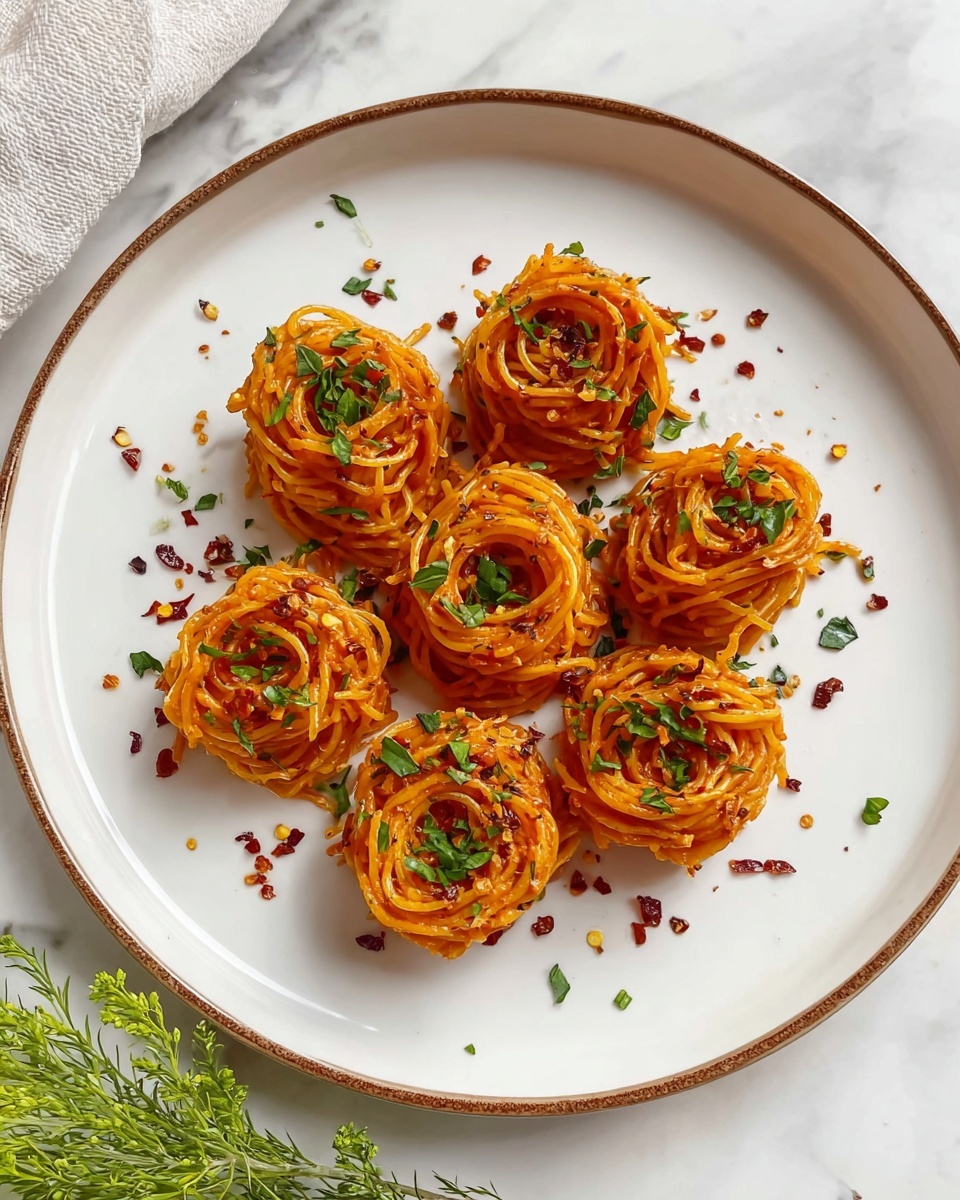
Garnishes
Simple garnishes like sesame seeds give a delightful crunch, and sliced green onions add a bright, crisp flair that cuts through the richness. Red pepper flakes aren’t just for heat—they visually spice up the dish, making it as pretty as it is tasty.
Side Dishes
This noodle dish pairs wonderfully with light sides like a cucumber salad or quick pickled veggies to brighten the palate. For a fuller meal, steamed or sautéed greens like bok choy, spinach, or broccoli add nutrition and a lovely contrast in texture.
Creative Ways to Present
Try serving these noodles in individual bowls topped with a soft fried egg for extra indulgence and creaminess. You can also toss in some roasted peanuts or crushed nori sheets for a fusion twist. Leftovers taste amazing cold, so pack them for lunch on the go, dressing them up with fresh herbs or a squeeze of lime for a refreshing take.
Make Ahead and Storage
Storing Leftovers
Pop any leftover gochujang buttered noodles in an airtight container and refrigerate for up to 3 days. The flavors deepen overnight, making your next meal just as delicious as the first.
Freezing
While you can freeze this dish, the texture of the noodles may soften after thawing. If you want to freeze, spread the noodles out on a baking sheet first to flash freeze before transferring to a freezer-safe container or bag. Consume within 1-2 months for best quality.
Reheating
Reheat gently in a skillet over low-medium heat, adding a splash of water or broth to loosen the sauce. You can also microwave it covered but stir every 30 seconds for even warming, to keep those noodles glossy and delicious.
FAQs
Can I use a different type of noodle?
Absolutely! While spaghetti or ramen noodles work wonderfully, feel free to swap in udon, soba, or even rice noodles depending on what you have or prefer. Just adjust cooking times accordingly.
How spicy is this recipe?
The spiciness mainly comes from the gochujang, which is moderately spicy with a hint of sweetness. You can adjust the amount to your heat tolerance, dialing it down for a milder dish or adding more for a fiery kick.
Is this recipe vegetarian or vegan?
This Gochujang Buttered Noodles Recipe is vegetarian as written, but not vegan because of the butter. You can easily substitute with vegan butter or a neutral oil to make it vegan-friendly.
Can I add protein or vegetables?
Definitely! This dish is a great canvas. Toss in sautéed veggies like mushrooms, bell peppers, or spinach, or add cooked chicken, shrimp, or tofu to make it a heartier meal.
What if I don’t have gochujang?
Gochujang has a unique flavor, but in a pinch, you can try mixing a bit of miso paste with chili paste or hot sauce and a touch of sweetness to mimic a similar profile. It won’t be exactly the same, but still delicious.
Final Thoughts
The Gochujang Buttered Noodles Recipe is a total game-changer for anyone who loves bold, comforting flavors with minimal fuss. It comes together quickly, packs a flavor punch, and feels both indulgent and wholesome at the same time. Give it a try and I guarantee it will become one of your favorite go-to meals for weeknights or anytime you crave something special but simple. Your taste buds will thank you!
Print
Gochujang Buttered Noodles Recipe
- Prep Time: 5 minutes
- Cook Time: 10 minutes
- Total Time: 15 minutes
- Yield: 2 servings
- Category: Main Course
- Method: Stovetop
- Cuisine: Korean-Inspired
- Diet: Vegetarian
Description
This Gochujang Buttered Noodles recipe offers a quick and flavorful Korean-inspired meal that combines spicy gochujang with buttery noodles. Perfect for an easy weeknight dinner, it features tender noodles tossed in a savory-sweet sauce made with butter, garlic, soy sauce, honey, and sesame oil, garnished with green onions, sesame seeds, and red pepper flakes for extra flavor and texture.
Ingredients
Noodles
- 8 oz spaghetti or ramen noodles
Sauce & Seasoning
- 2 tablespoons unsalted butter
- 1 tablespoon gochujang (Korean chili paste)
- 1 tablespoon soy sauce
- 1 tablespoon honey or brown sugar
- 2 garlic cloves, minced
- 1 teaspoon sesame oil
Garnish
- 1 green onion, thinly sliced
- Sesame seeds (optional)
- Red pepper flakes (optional)
Instructions
- Cook Noodles: Prepare the noodles by cooking them according to package instructions until al dente. Drain the noodles, reserving about 1/4 cup of the cooking water to use later, then set the noodles aside.
- Make the Sauce: In a large skillet over medium heat, melt the butter. Add the minced garlic and sauté for about 30 seconds until fragrant. Stir in the gochujang, soy sauce, honey, and sesame oil, mixing well until the sauce becomes smooth and starts bubbling.
- Toss Noodles in Sauce: Add the cooked noodles to the skillet and toss thoroughly to coat them evenly with the sauce. If the sauce appears too thick, add a splash of the reserved pasta water to loosen it. Continue cooking for another 1 to 2 minutes, stirring frequently, until the noodles are glossy and fully coated.
- Serve and Garnish: Serve the noodles hot, topped with sliced green onions, and sprinkle with sesame seeds and red pepper flakes if desired for extra flavor and heat.
Notes
- Adjust the amount of gochujang to suit your preferred spice level.
- For a heartier meal, add a fried egg or sautéed vegetables.
- These noodles taste delicious even when served cold as leftovers.

